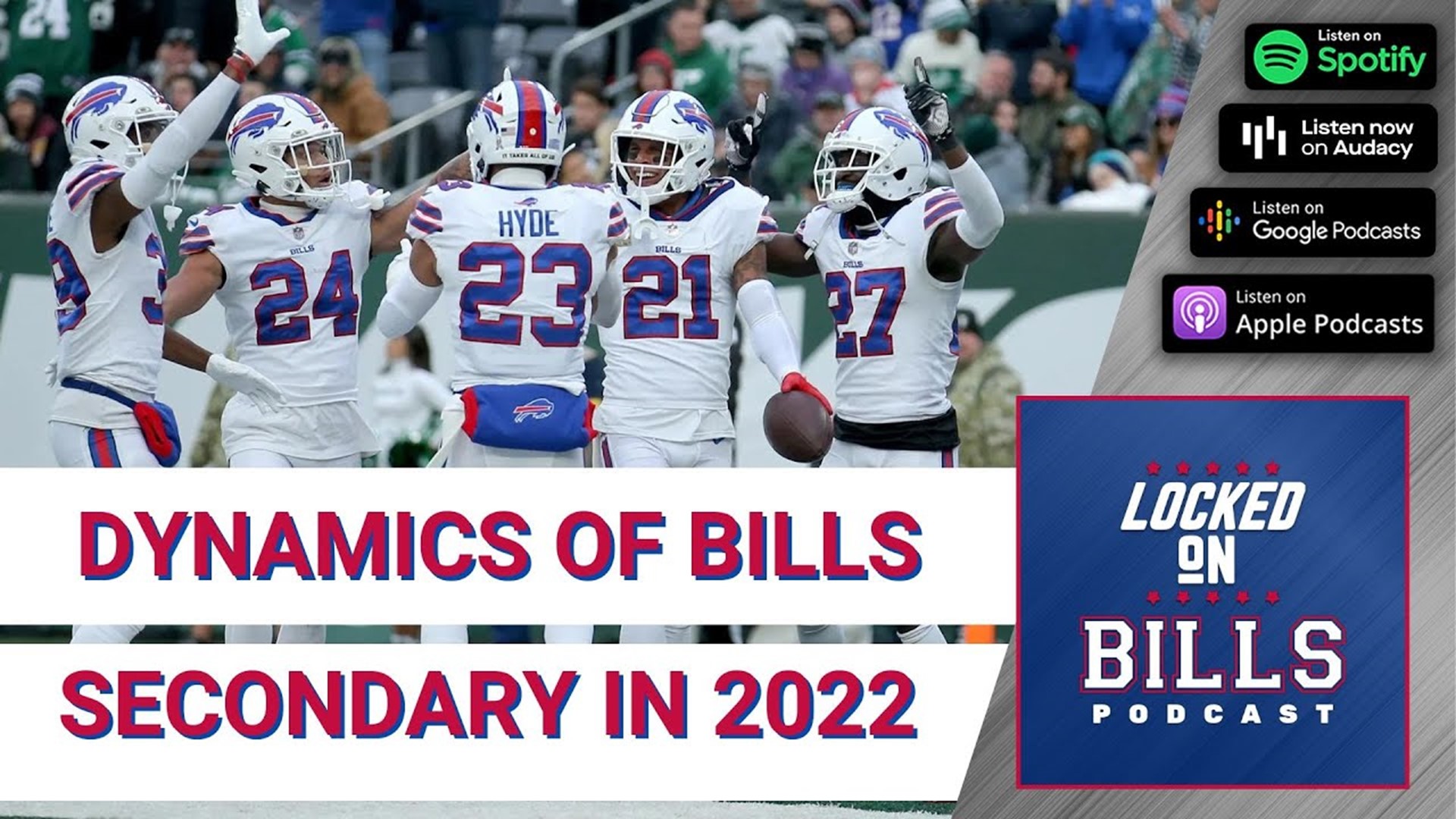ORCHARD PARK, N.Y. — Here are my five takeaways on what to watch from the Buffalo Bills’ offense as the team enters training camp this weekend at St. John Fisher College:
1. Let’s begin with the first of two major changes on the offensive coaching staff: Ken Dorsey replacing Brian Daboll as coordinator.
Dorsey established solid credentials the past three seasons as the Bills’ quarterbacks coach (and passing game coordinator in 2021), but he faces a significant learning curve as a first-time play-caller. His tremendous rapport with Josh Allen will help a great deal.
However, Dorsey still needs to find his way when it comes to developing the necessary feel and rhythm for when and what to call. He not only will be looking for ways to exploit vulnerabilities in the defense, but also to set the defense up with his play selection.
Dorsey’s play-calling skills will need time to sharpen. Practices and preseason games will serve as important run-throughs for Dorsey, Allen and the rest of the offense as they work at achieving a consistent level of chemistry that might not be found until a quarter of the way into the season.
2. The second change to the offensive coaching staff might, in fact, prove to have the greatest impact of all: Aaron Kromer replacing Bobby Johnson as offensive line coach.
Kromer’s second opportunity to work for the Bills is largely driven by his exceptional skill at pulling offensive lines together, which is especially important with new faces in the starting lineup and backup roles. Former Bills General Manager and Pro Football Hall of Fame executive Bill Polian places the highest priority on having a quality O-line coach, noting that incompetence in the role can cause the entire offense to “fall apart.” Polian describes Kromer as “a master developer.”
Kromer’s biggest contribution will likely come in helping to make the Bills’ line better at blocking for the run by instilling a more physical mentality in a group whose hallmark is pass protection. That’s unlikely to happen fast. Kromer will need every bit of time in camp practices and the preseason to lead the transition.
3. Gabe Davis has already solidified himself as the No. 2 receiver after Stefon Diggs. Now, with opponents gearing up to try to reduce his impact, we’ll see what sort of strides he has made to consistently perform at an elite level.
Davis’ work ethic is second to none. Since the four touchdown receptions he made in the Bills’ divisional-round playoff loss at Kansas City last January, he has been diligent in trying to improve every aspect of his game.
Opposing defenses will continue to devote more attention to Diggs, allowing Davis to find more room to operate, and the expectation has to be for Davis to respond with maximum production.
4. The competition for the No. 1 slot receiver spot will be worth watching, though it probably will morph into more of a committee-oriented approach.
I expect Jamison Crowder to be at the top of the depth chart. His talent, experience, and knowledge figure to give him an edge over the other candidates.
However, Tavon Austin and Isaiah McKenzie should both factor into the passing game to varying degrees. Camp should provide a good idea as to the amount and effectiveness of their contributions.
5. I fully expect Devin Singletary to hang onto his starting job at running back. What will be interesting is seeing how ready second-round draft pick James Cook is to be a substantial part of the backfield rotation.
Zack Moss will be looking to fend off Cook’s challenge for snaps, a task whose difficulty will largely depend on how quickly Cook shows he has awareness and desire to be trusted to pick up blitzes.
Moss will have the immediate edge, based on his greater experience and ability to perform well when healthy (which should be the case), but Cook can close it by combining what he does best (catching passes) with the bonus of reliable pass protection.

